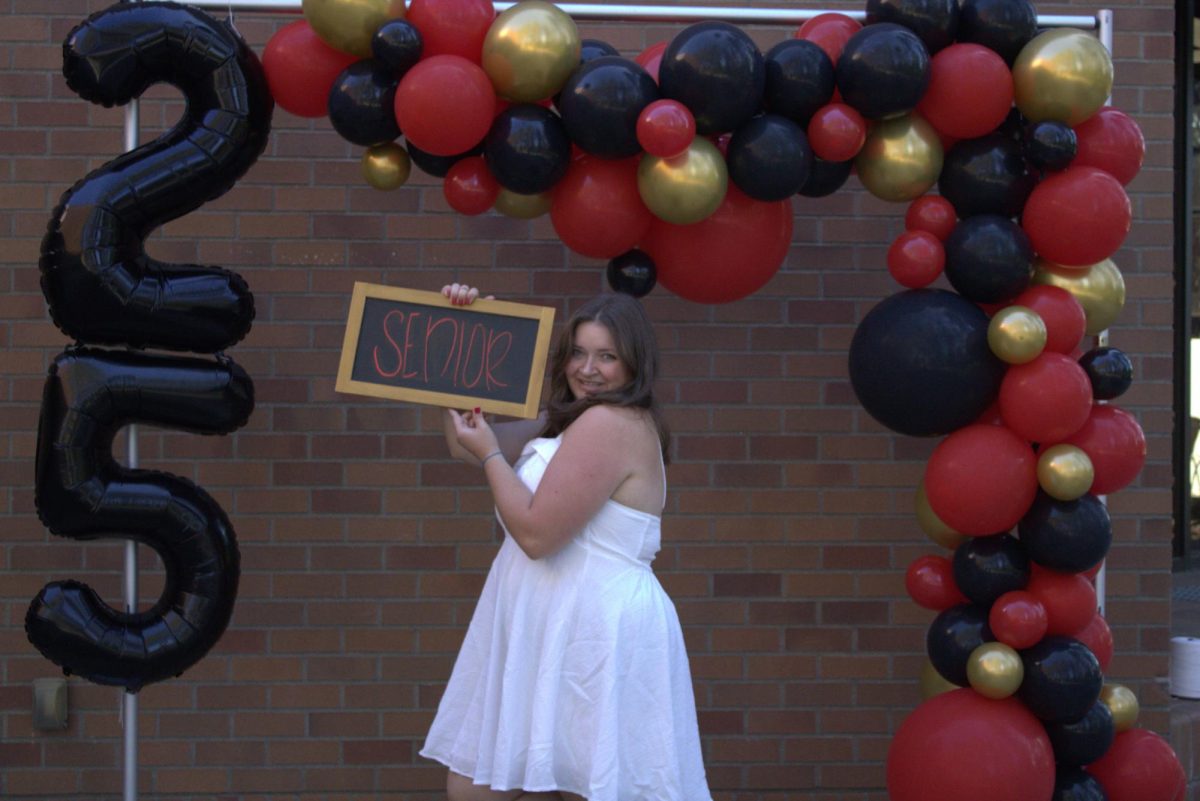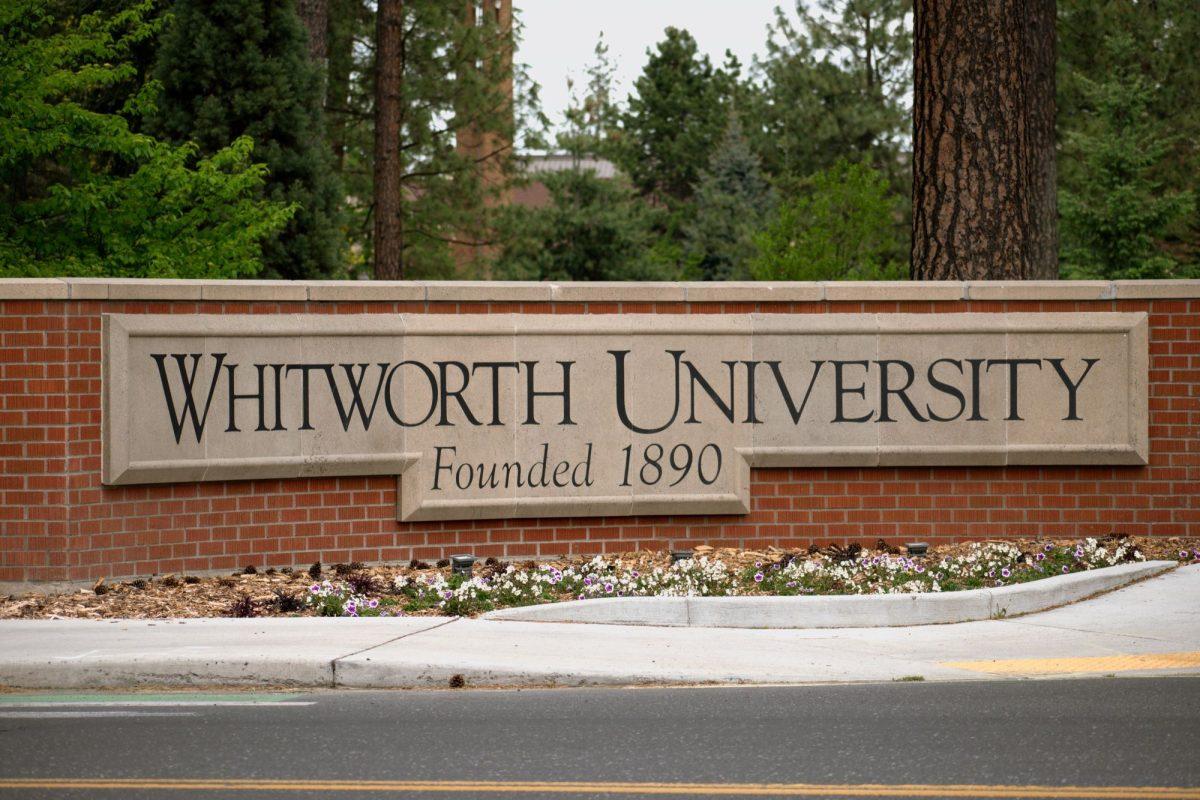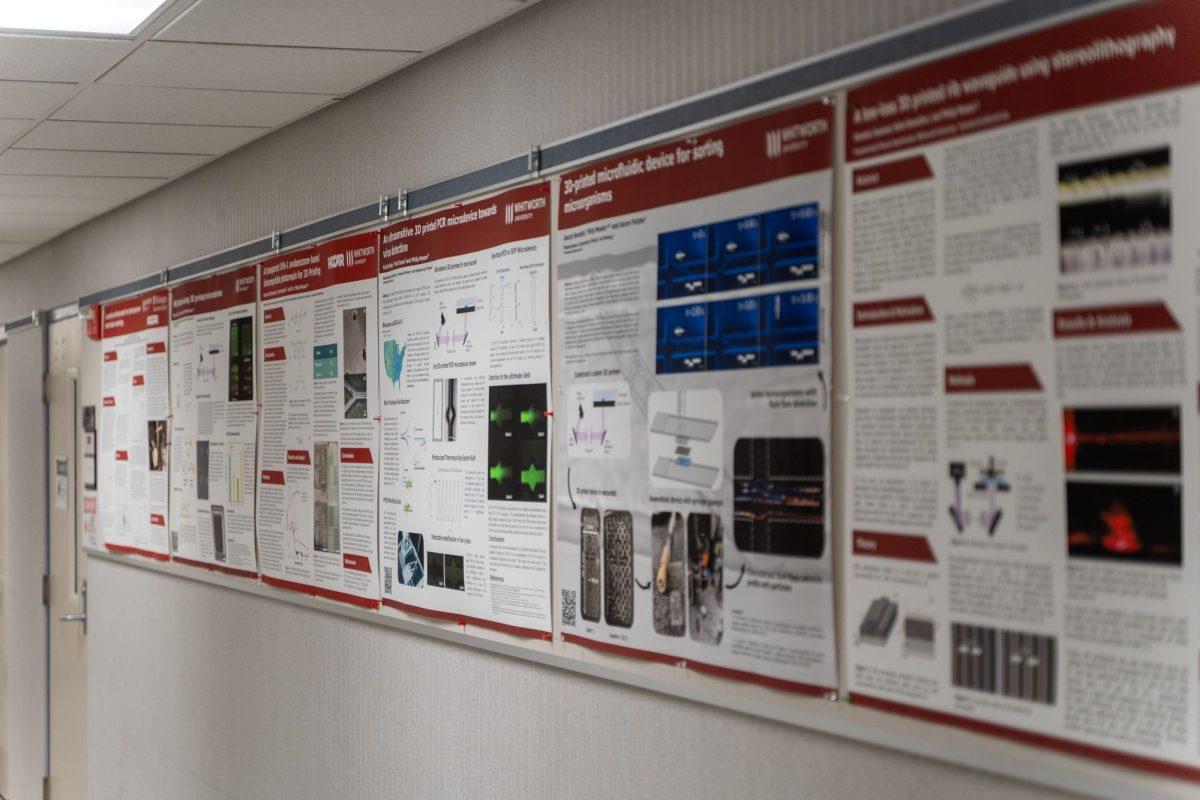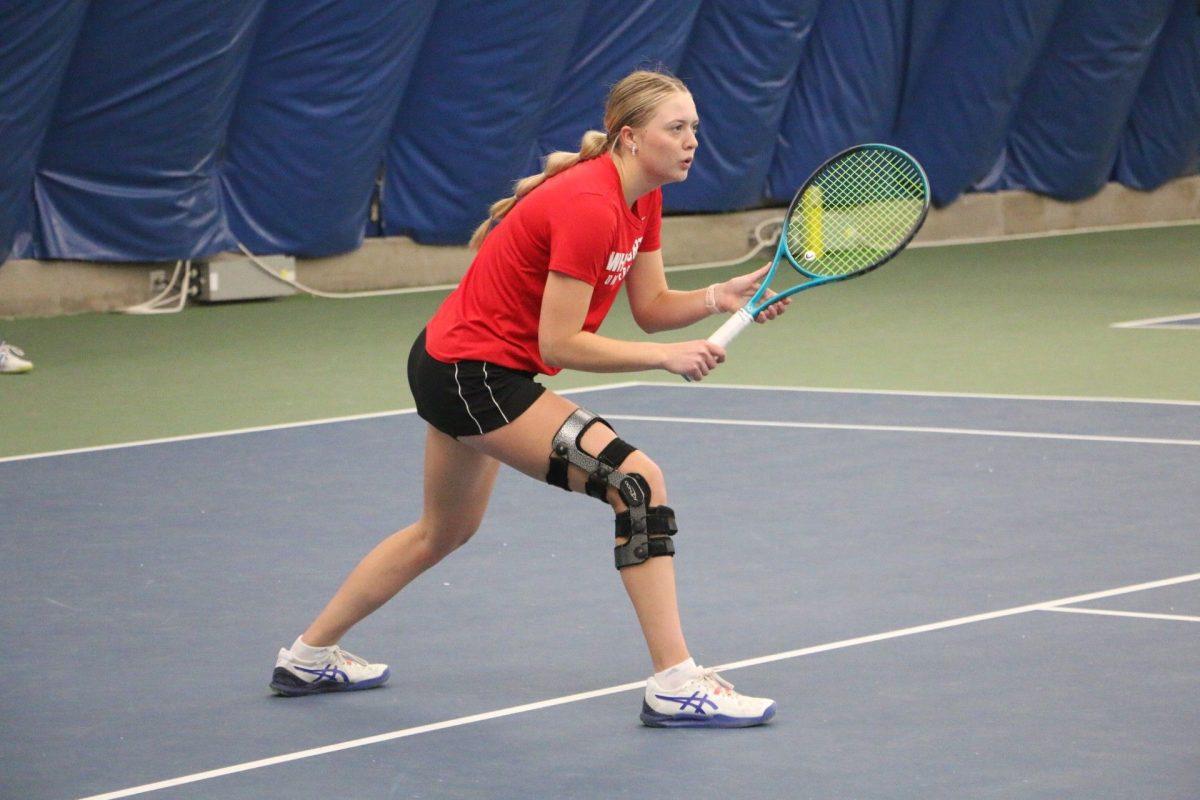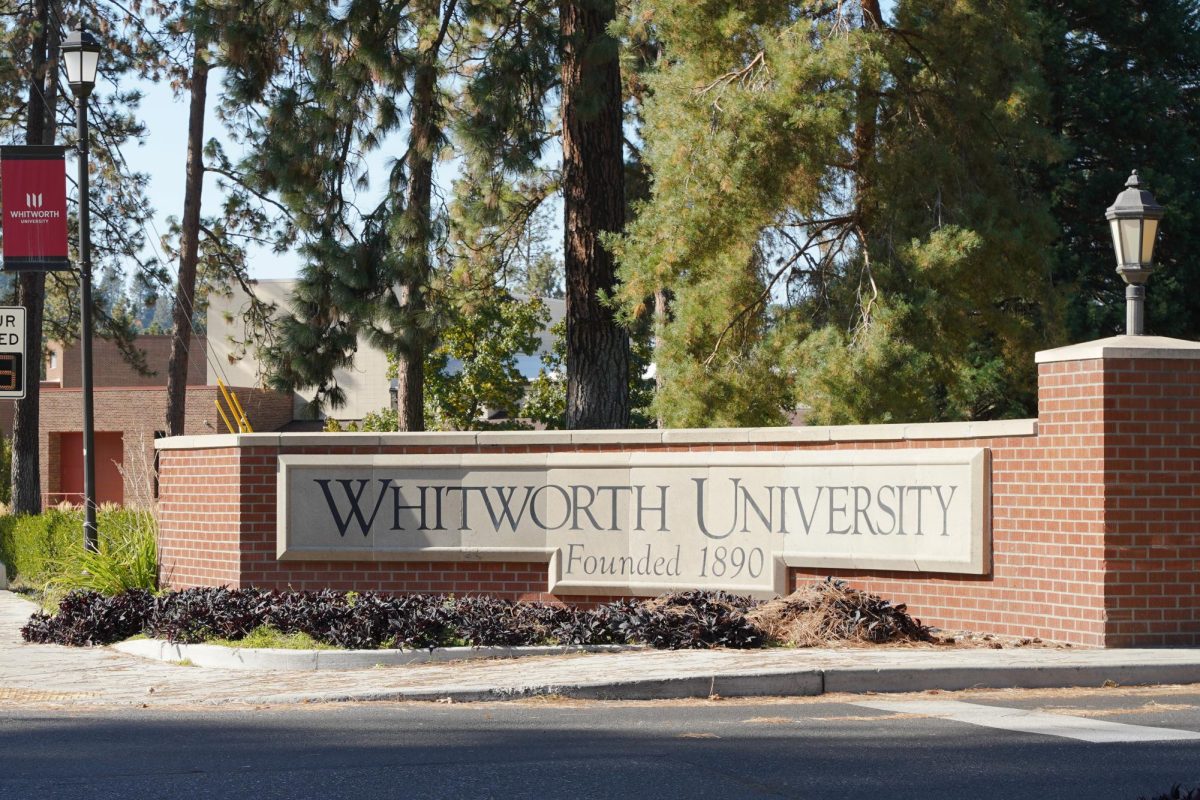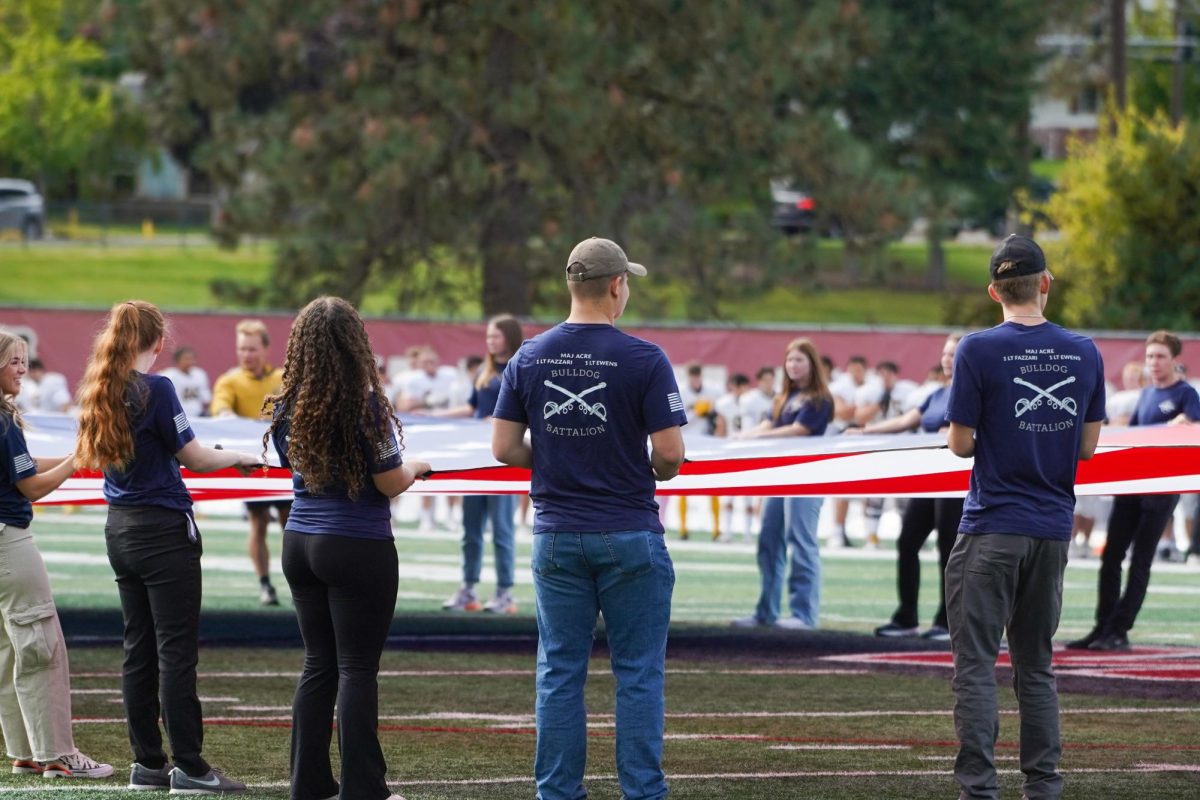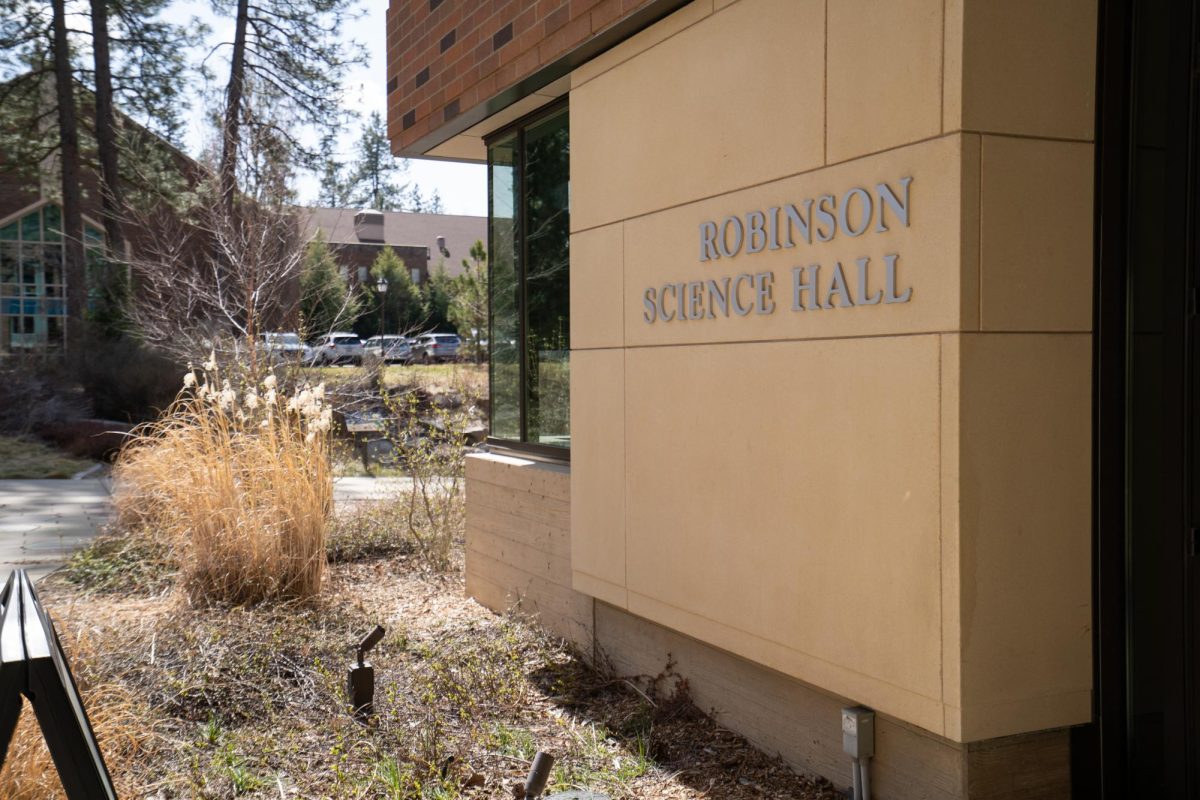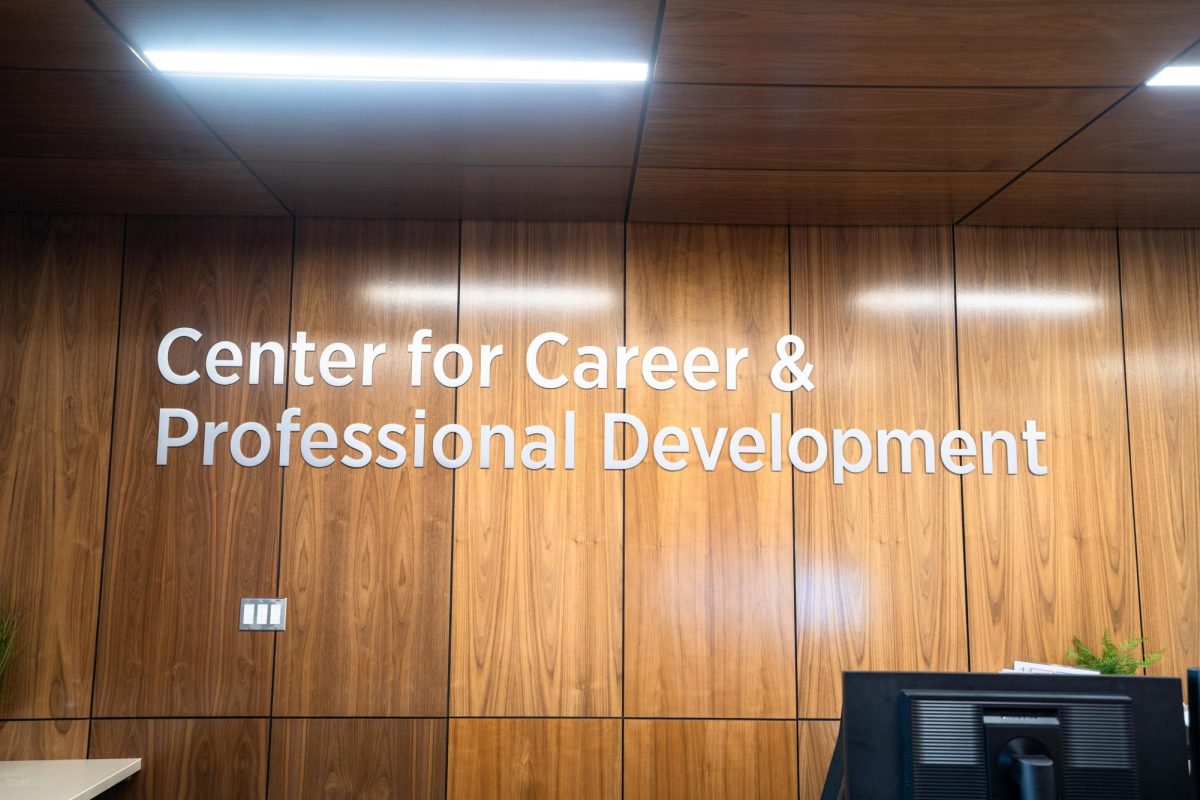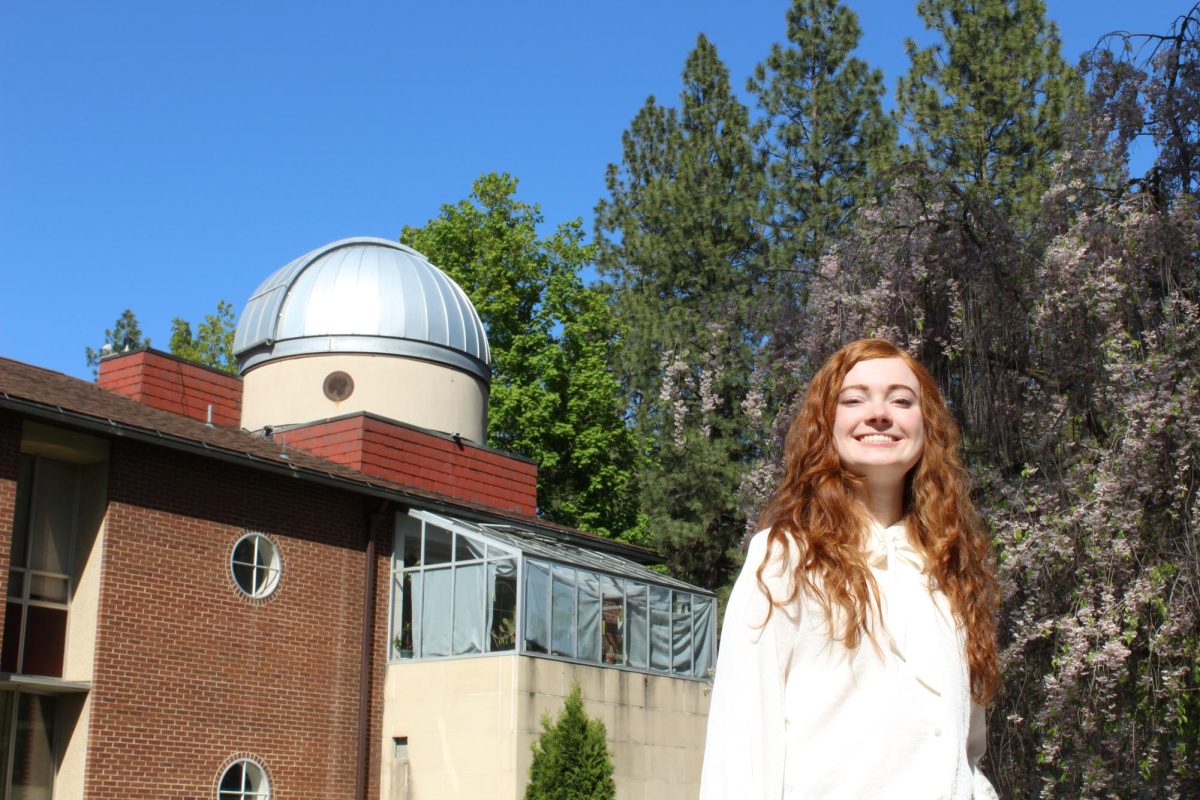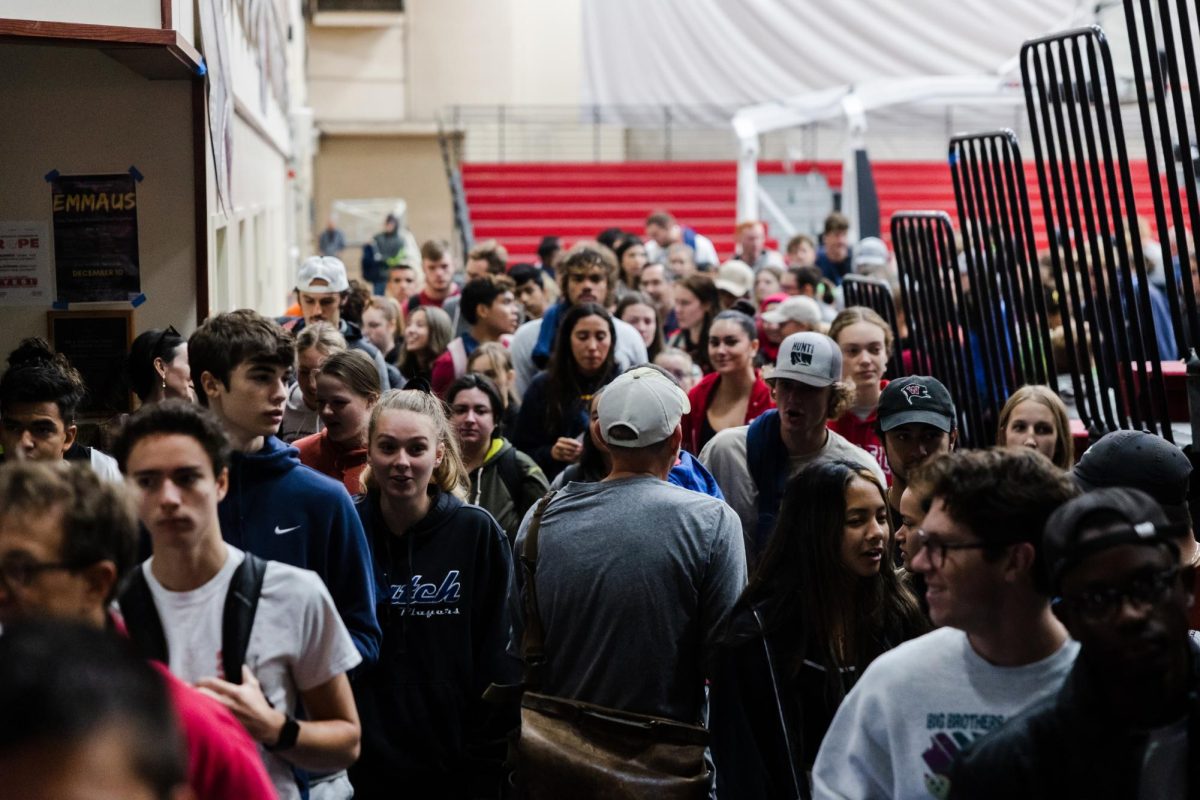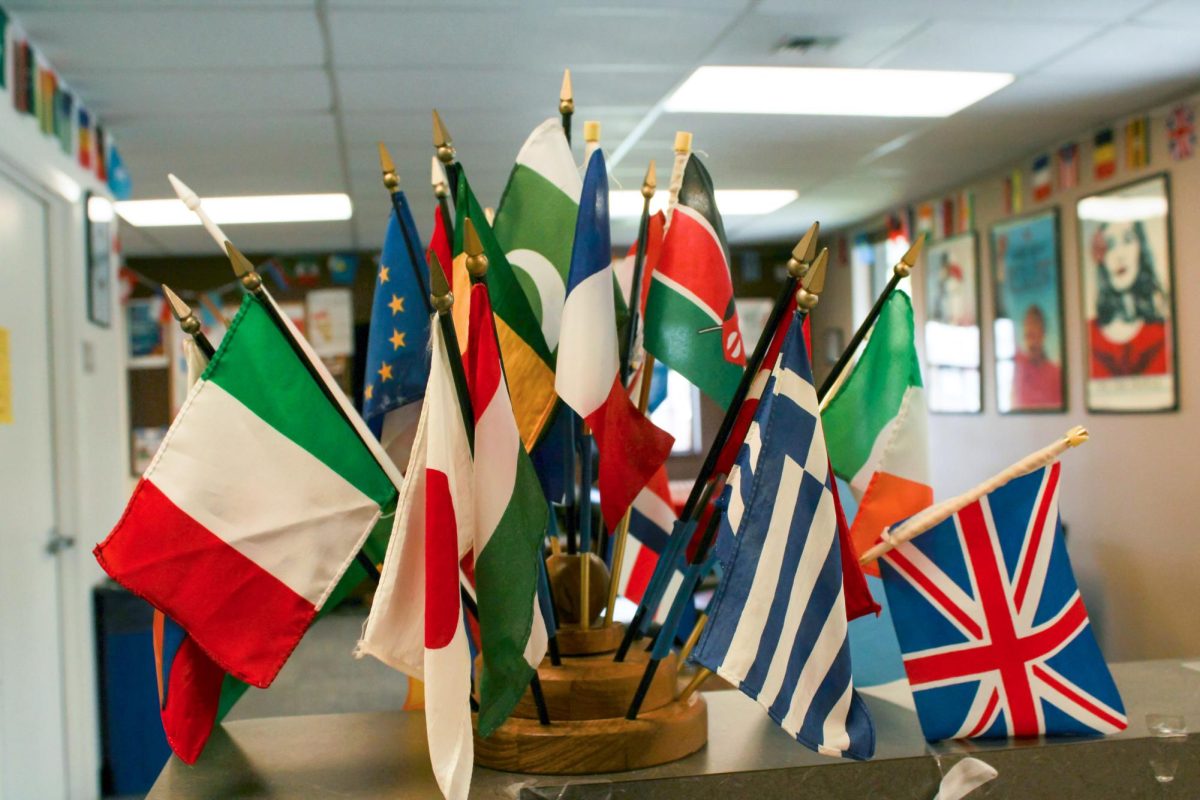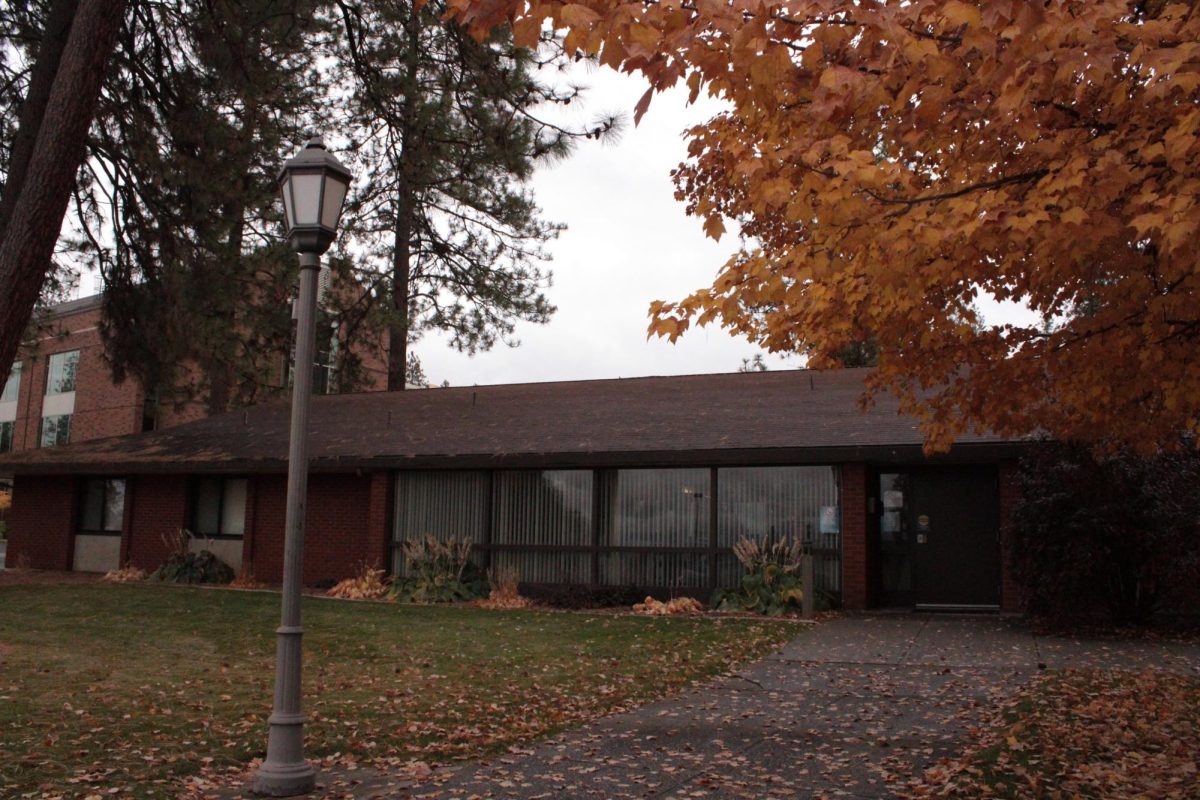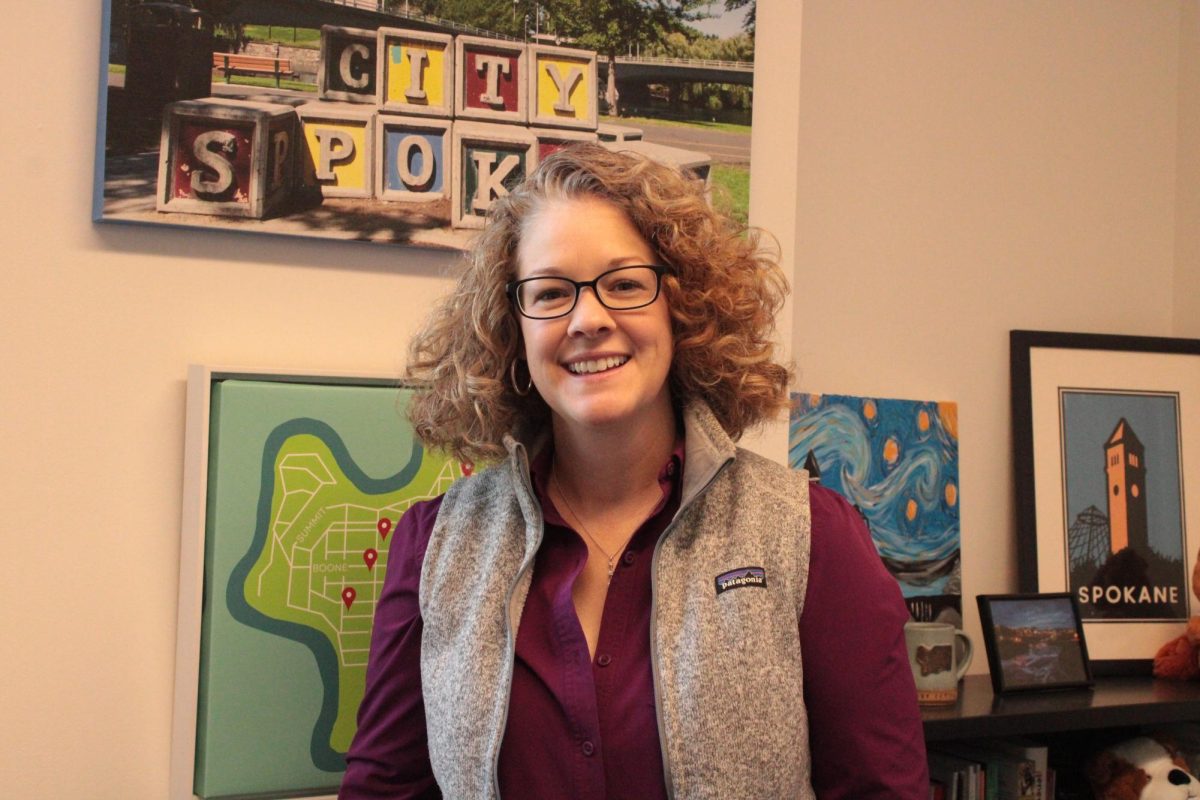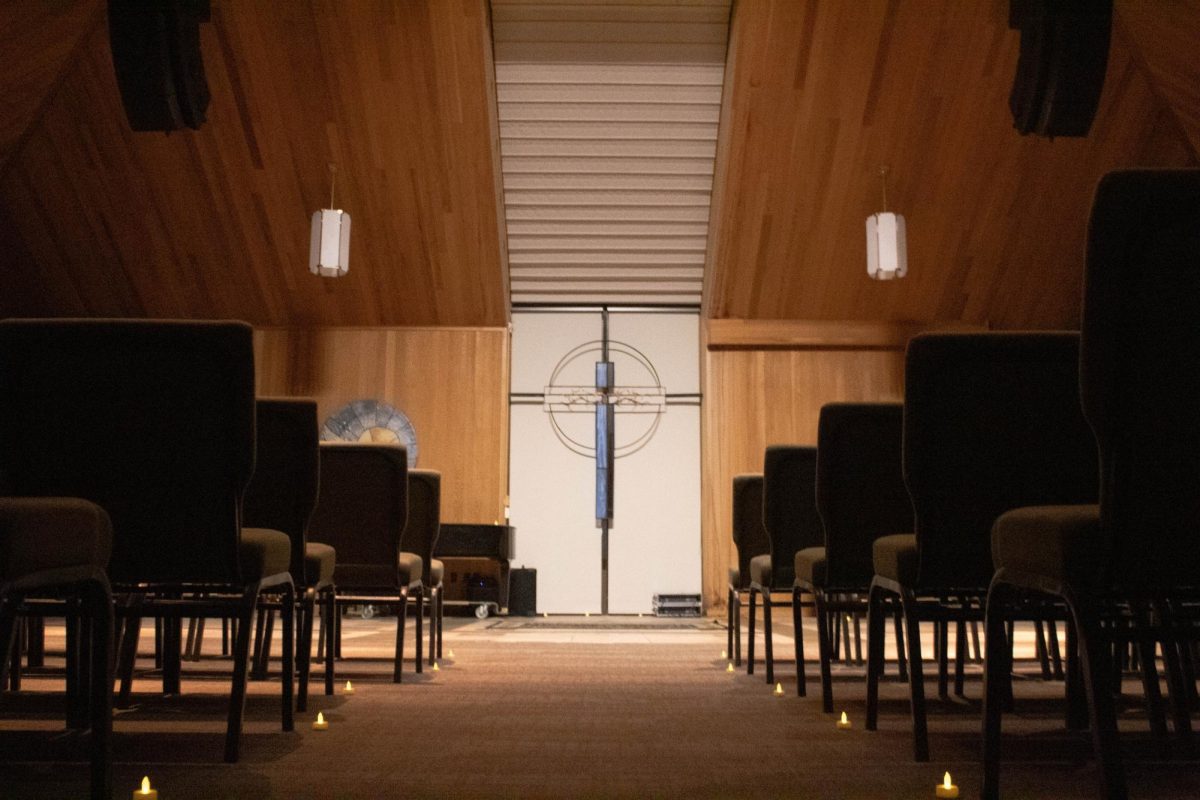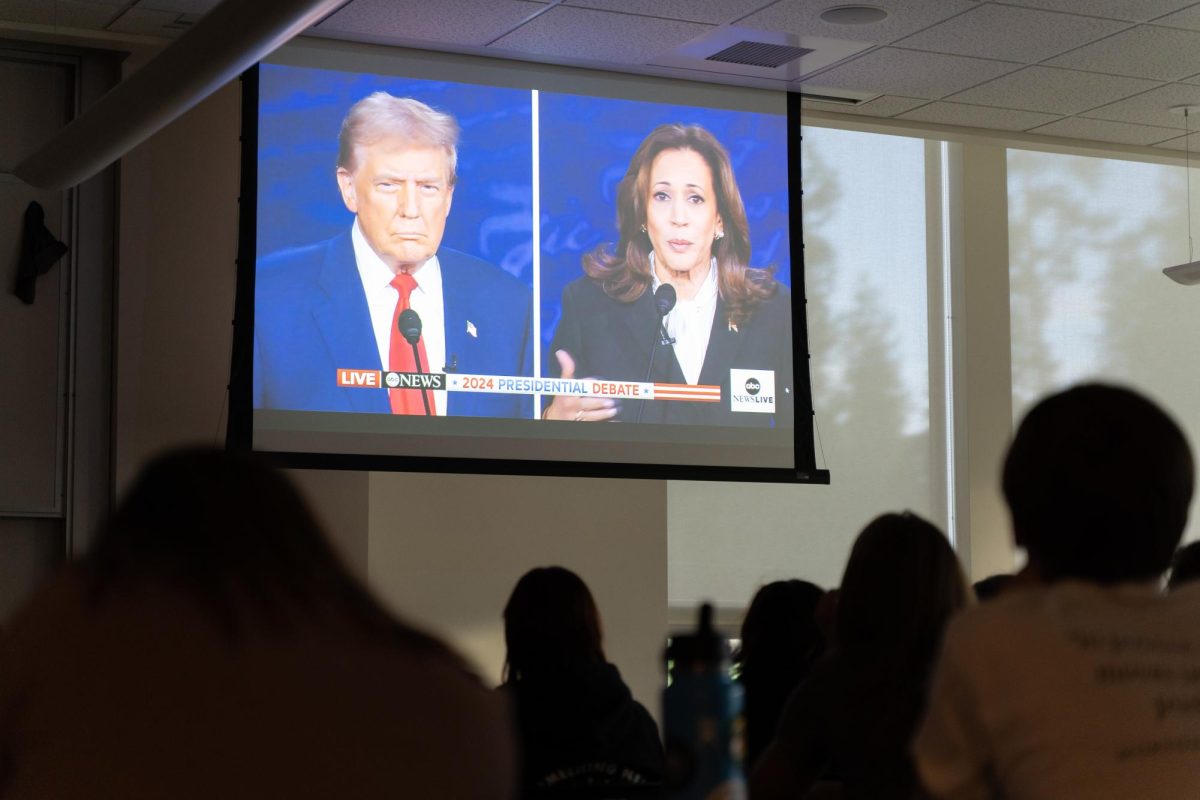Abbey Rodriguez | Staff Writer

Last fall, Whitworth University President Scott McQuilkin announced that the Racial Restrictive Covenant project team, a research group at Eastern Washington University, had uncovered documents containing racial restrictions that barred any non-white individuals from living on land sold by the university unless they were in a servant position.
McQuilkin apologized for the racist past of Whitworth and told the community that information would follow “in the coming weeks.” However, a year later, what has actually been done to address this issue?
“[I] was definitely not surprised” said Andrew Lubben, co-president of the Black Student Union (BSU) on campus, regarding Whitworth’s racist past. Lubben is, however, grateful for the panel that took place last spring, but due to a lack of advertising, the “response seemed a bit [lackluster],” he said.
While the past cannot be changed, “a greater emphasis on the promotion of diversity around campus, and especially welcoming people of color,” is an important step to righting the wrongs of Whitworth’s past, said Lubben.
In response to these racial covenants, one collective student response among communities of color has been to organize heritage months to raise awareness and bring attention to diversity at Whitworth, said Lubben. BSU and other student organizations have been working with the Office of Diversity, Equity, and Inclusion (DEI) to make diversity an important part of Whitworth.
The discovery of the racial covenant in Whitworth’s past gives the school an opportunity “to take a step back and think about [their] responsibility to their surrounding community,” said Joshue Orozco, vice president of DEI. DEI has been working to “use those organizations as educators for our [Whitworth’s] communities [of color]” to offer the support and resources that they need, said Orozco. Whitworth is working to “build trusting relationships” with diverse communities around Spokane by intentionally listening to and connecting with groups that are traditionally marginalized, said Orozco.
In an effort to connect students to the work DEI is doing, the office had put together a “Student Advisory Group, which is composed of the leaders of the cultural clubs” who will “hopefully serve as liaisons to the broader student body,” said Orozco. The goal of this committee is to bridge the gap between administration and communities of color.

